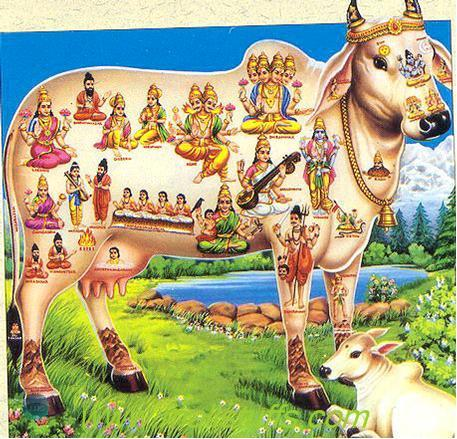In the vast forests, steppes, and riverlands of early Slavic Europe, thunder was not just a weather event—it was the roar of a god. That god was Perun, the mighty sky deity of thunder, lightning, war, and law. As the chief god in many pre-Christian Slavic pantheons, Perun stood at the top of the celestial hierarchy, wielding his axe or hammer, commanding storms, and protecting warriors and rulers alike.
Though lesser known in the West, Perun shares striking parallels with other Indo-European thunder gods, such as Thor in Norse mythology and Zeus in Greek tradition. His worship reflects a shared mythological heritage rooted in the primal awe of sky and storm.
Who Was Perun?
Perun’s name is derived from the Indo-European root per- meaning “to strike” or “to hit,” which links him directly to thunderbolts, battle, and force. He was depicted as a powerful, bearded man, often with fiery eyes and a weapon in hand—either a stone axe, hammer, or arrow—used to strike down his enemies from the sky.
In Slavic cosmology, Perun ruled the heavens, the oak tree was his sacred symbol, and the eagle was his divine messenger. He was associated with:
Thunder and lightning
Sky and storms
War and warriors
Justice and law
Perun and Veles: The Cosmic Rivalry
One of the core myths in Slavic religion centers on Perun’s eternal struggle with Veles, the god of the underworld, water, and cattle. This rivalry represents a classic cosmic dualism: sky vs. earth, order vs. chaos, dry land vs. water.
The myth unfolds as follows:
Veles slithers up the world tree to steal Perun’s cattle, wife, or children.
Enraged, Perun hurls lightning bolts to chase Veles down.
Veles hides in rivers, forests, or caves, but Perun always finds him.
When Perun strikes Veles, rain falls—symbolizing victory and fertility for the land.
This mythological battle echoed the seasonal cycles: Perun’s victory brought spring and summer; Veles' influence returned with winter.
Sites of Worship and Symbols
Perun was widely worshipped among East Slavs (like the Rus’), South Slavs (especially in the Balkans), and West Slavs (in Poland and Czech lands). His cult peaked during the early medieval period, particularly among military elites and ruling classes.
Sacred sites included:
Hilltops with large oak trees
Stone idols, often placed near rivers or groves
Weapons or axe-heads buried as votive offerings
His symbols included:
The oak tree (lightning was believed to strike it often)
The six- or eight-pointed star (resembling thunderbolts or sun wheels)
The axe or hammer (much like Thor’s Mjölnir)
In Kyiv, Prince Vladimir the Great erected a statue of Perun as the chief deity before converting to Christianity in 988 AD.
Perun in Post-Pagan Memory
After the Christianization of Slavic regions, the worship of Perun was suppressed but never fully erased. His memory lingered in:
Folk tales, where he sometimes appears as a saint or warrior-angel
Folk customs, like lighting fires or ringing bells to ward off storms
The replacement of Perun with Saint Elijah (Ilya the Prophet) in Orthodox Christianity, who also rides the skies and brings thunder
Modern Slavic neopagan movements (Rodnovery) have revived the worship of Perun as a national and spiritual symbol, especially in Russia, Ukraine, Poland, and Serbia.







